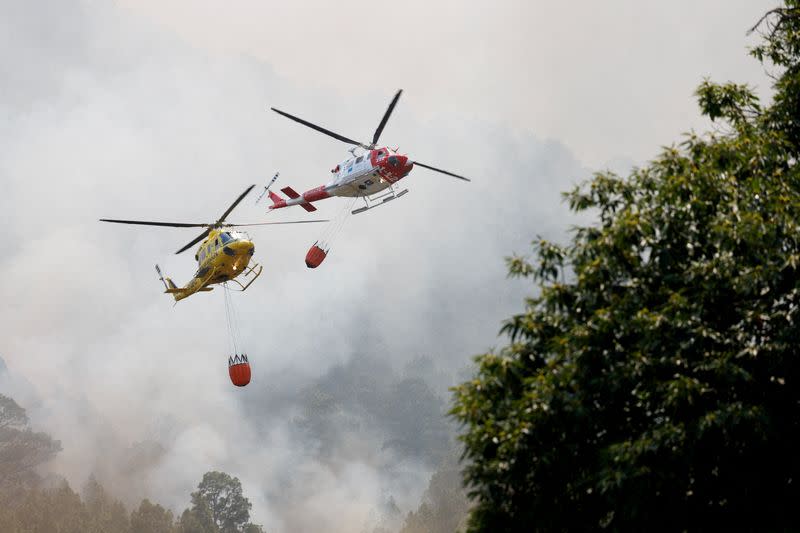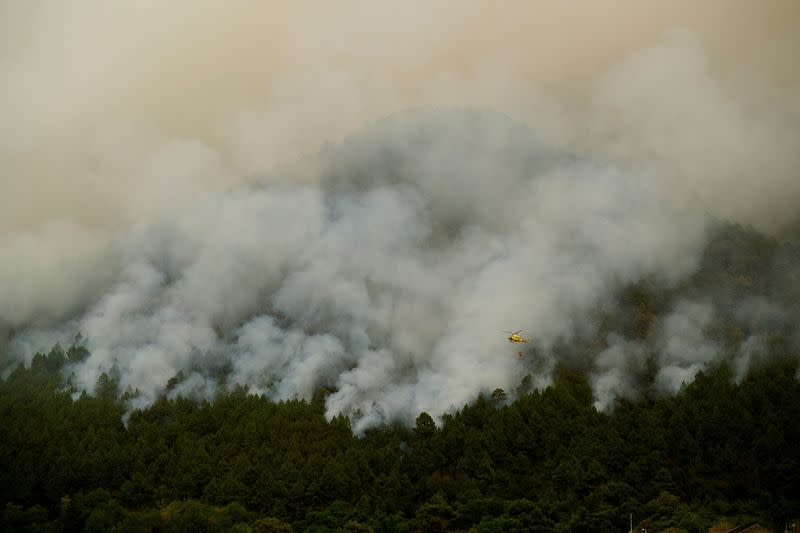EU to use satellites to track climate threats to forests
By Kate Abnett
BRUSSELS (Reuters) - The European Commission on Wednesday proposed a forest monitoring system that will use satellites to track threats such as climate change-fuelled wildfires and illegal logging.
Climate change is taking a mounting toll on Europe's forests, as extreme heat and drought increase the risk of deadly wildfires. Nearly 900,000 hectares of EU land was burned in forest fires last year, an area roughly the size of Corsica, EU data show.
The degradation of Europe's forests spells trouble since their CO2-storing capacity is needed to meet climate targets and protect surrounding areas from flooding.
On Wednesday, the Commission proposed a law that would see Brussels collect forest data from the EU's Copernicus Sentinel satellites. EU member states would also be obliged to gather ground measurements of trends including the areas available for logging, the volume of trees and the location of ancient forests.
"We need to see the trends, need to predict better, we need to see how they are responding to climate change," EU Environment Commissioner Virginijus Sinkevicius told Reuters.
"At this moment there are no comprehensive monitoring requirements to provide an overall picture of the state of our forests," he said.
The new data will also help track other risks, like illegal logging, across national borders, Sinkevicius said.
The EU has clashed with countries including Poland over this issue. The European Court of Justice ruled in March that Poland's policy of allowing logging during birds' breeding seasons breached EU environment laws. The court also ruled in 2018 against Warsaw's authorisation of logging in the ancient Bialowieza forest.
Campaign group Fern welcomed the EU proposal as "a potentially golden opportunity" to provide the data needed to protect Europe's forests. However, the group said the law should go further and compel EU countries to then take action to improve forests' health.
Brussels says forest data currently provided by member states has gaps and often long delays, hampering their ability to prepare for climate hazards.
(Reporting by Kate Abnett; Editing by Christina Fincher)


